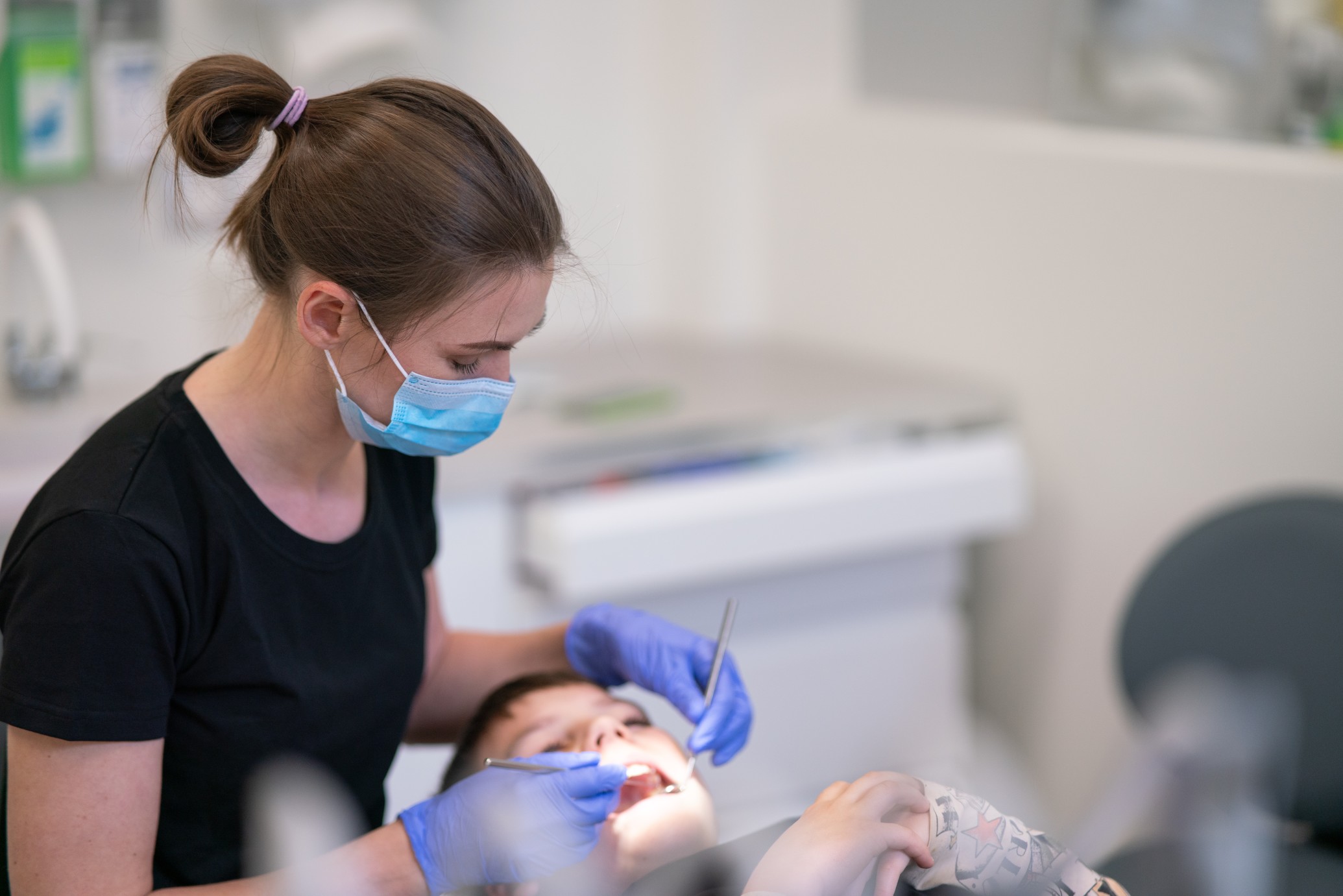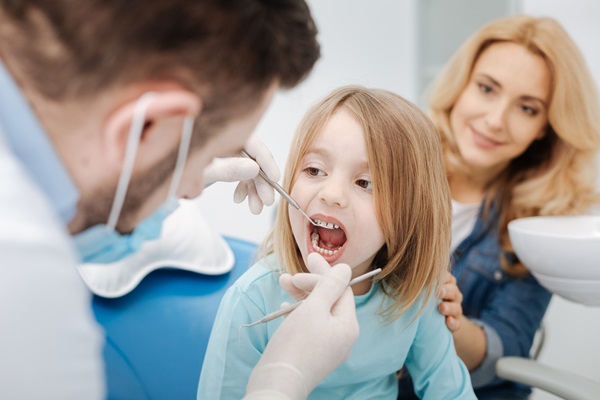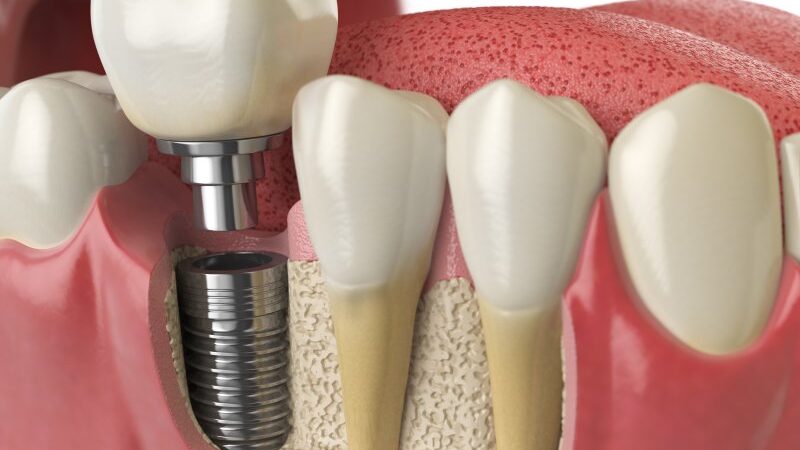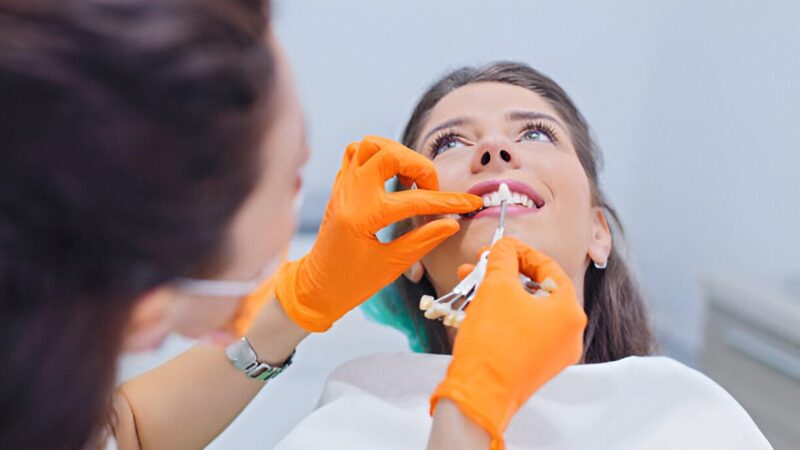Signs It’s Time to Visit an Idaho Falls Orthodontist

A lot of people assume that orthodontists only treat children and teens. Thankfully, that’s not the case. Malocclusion and shifting teeth can impact dental patients at any age, so orthodontists take adult patients, as well. Read on to find out about a few of the most common signs it’s time for an adult to schedule an appointment with an Idaho Falls Orthodontist.
Overbites and Underbites
Overbites occur when a patient’s top teeth extend beyond his or her bottom row of teeth. Underbites pose the opposite problem, causing an overlap of the lower teeth onto the top row. Both of these issues can cause lasting damage to a patient’s teeth and gums if they go untreated. While they’re often diagnosed in childhood, not all children and teens have the opportunity to visit a specialist for treatment. Adults can still have overbites or underbites resolved with the help of an orthodontist who can realign their teeth or jaws.
Open Bites
Open bite refers to a condition in which a patient’s bottom and top rows of teeth do not touch. People with this condition often find that it’s difficult to chew, and they may have trouble speaking clearly, as well. Orthodontists can diagnose and treat this condition in patients of all ages.
Crossbites
If a person’s top and bottom rows of teeth don’t line up when the mouth is closed, it’s called a crossbite. Crossbites cause teeth to wear unevenly, but they’re relatively easy to resolve. Orthodontists can align the patient’s teeth or jaws to improve his or her bite pattern to eliminate problems with uneven tooth wear.
Crowded Teeth
Tooth crowding isn’t just an aesthetic issue, although it can cause some teeth to grow in at an angle or overlap. Crowded teeth also make it harder to chew, speak, and maintain good dental hygiene. The crowded teeth can harbour trapped food particles in difficult-to-reach places, making patients more prone to problems like gum disease and tooth decay. While one or more teeth may need to be pulled, that’s not enough to straighten teeth that grew in wrong as a result of crowding. Realigning teeth requires the help of an orthodontist.
Large Gaps Between Teeth
People develop large gaps between their teeth for a number of reasons, including mismatched tooth size. These gaps leave gum tissue exposed, increasing the risks of inflammation and infection. Orthodontists can close large gaps that could not be treated by cosmetic dentists, and the best part is, the changes aren’t surface-deep. Since the patient’s teeth will be repositioned, he or she will benefit from a healthier bite pattern and better jaw alignment.
Sleep Apnea
Sleep apnea often occurs as a result of blocked airways. In many cases, orthodontic treatments can help by expanding or repositioning an affected patient’s upper arch or jaw. Treatments like maxillomandibular advancement and the placement of mandibular advancement devices can also reduce problems with jaw clenching and teeth grinding.
The Bottom Line
Orthodontists don’t just cater to children. Although it’s best to have bite patterns and jaw issues corrected at a young age, these experts can help patients maintain healthy bites throughout their lives.







